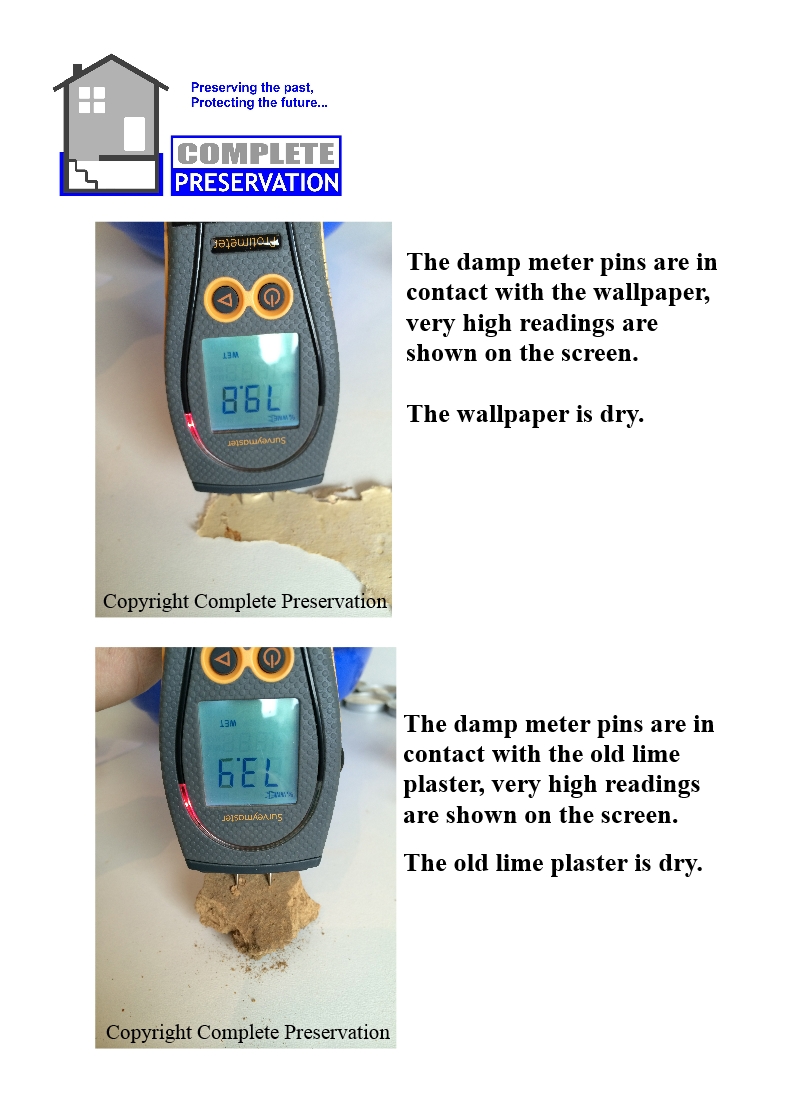Often you will see surveyors talking about a bridged damp proof course being the cause of the rising damp issue, and the visible damp stains on walls, and that no specialist damp proofing is needed…..However rarely is it that simple, and as I always say it isn’t unusual for multiple issues to be causing rising damp symptoms. Take this property for example, surely an averagely competent damp expert would think why is this building all of a sudden getting damp! To me this is where the process of elimination becomes necessary, to find the root cause of the rising damp symptoms. Once this has all been worked out, only then can we move forward with repair advice of any actual value. Whilst this type of surveys are certainly not free, what I have found this is the type of survey my particular clients want.
If you need a damp investigation like the video below, shows the type of survey you will receive, none of those silly damp survey reports that offer no value. From CCTV drain surveys, leak detection, thermal imaging, BRE DIGEST 245 gravimetric analysis), hygroscopic salt analysis, and most importantly experts at repairing these defects. The repairs from any replastering, hot lime plastering, hot lime pointing, drain patch repairs, drain lining, new skirting boards, cleaning of cavity debris to name a few of the repairs.
Make sure you ask these questions, to ensure you get the correct advice
Questions you must ask your independent damp surveyor, before you instruct them. As a layperson you don’t really know what you need, but you need to ensure that they can perform the below.
- Ask for an invasive damp survey, to find the root cause of damp issues. Most non invasive damp surveys will not provide the information required
- Ask them if they will follow the British Standard BS 6576:2005 (Code of practice for diagnosis of rising damp in walls of buildings and installation of chemical damp proof course), and eliminate the following as per the British Standards : –
- Condensation
- Lateral penetration associated with changes of floor/ground level
- Leaks from roofs, gutters and downpipes
- Faulty drains
- Internal plumbing leaks
- Water penetration through external walls
- Water penetration around window frames, and doors
- Mortar droppings or debris in cavity walls
- History of flooding
- Ask them will they follow the methodology in BRE DIGEST 245, and take plaster samples to determine capillary and hygroscopic values of each sample. This is what is required as per BS 6576, which also states rising damp can’t be confirmed with an electronic damp meter
- Ask them how many samples they have allowed for to be taken and if the price will increase if more are needed
- Ask them if they carry out hygroscopic salt analysis
- Ask them if aerial surveys are part of the survey they offer, or do you have to pay another firm to carry this out

